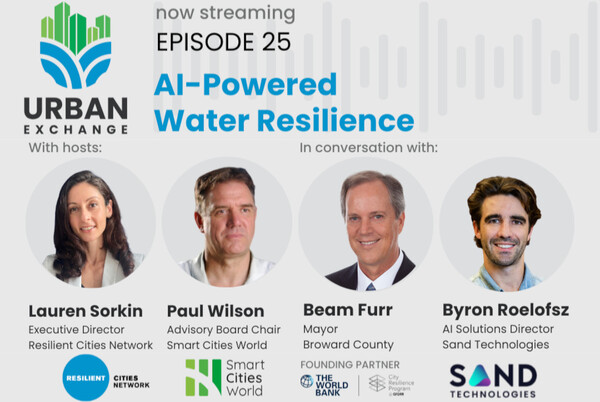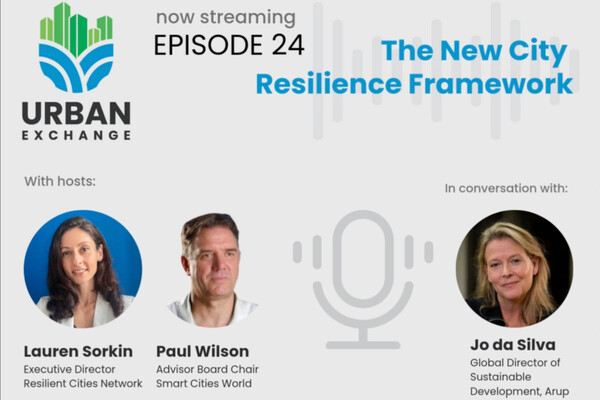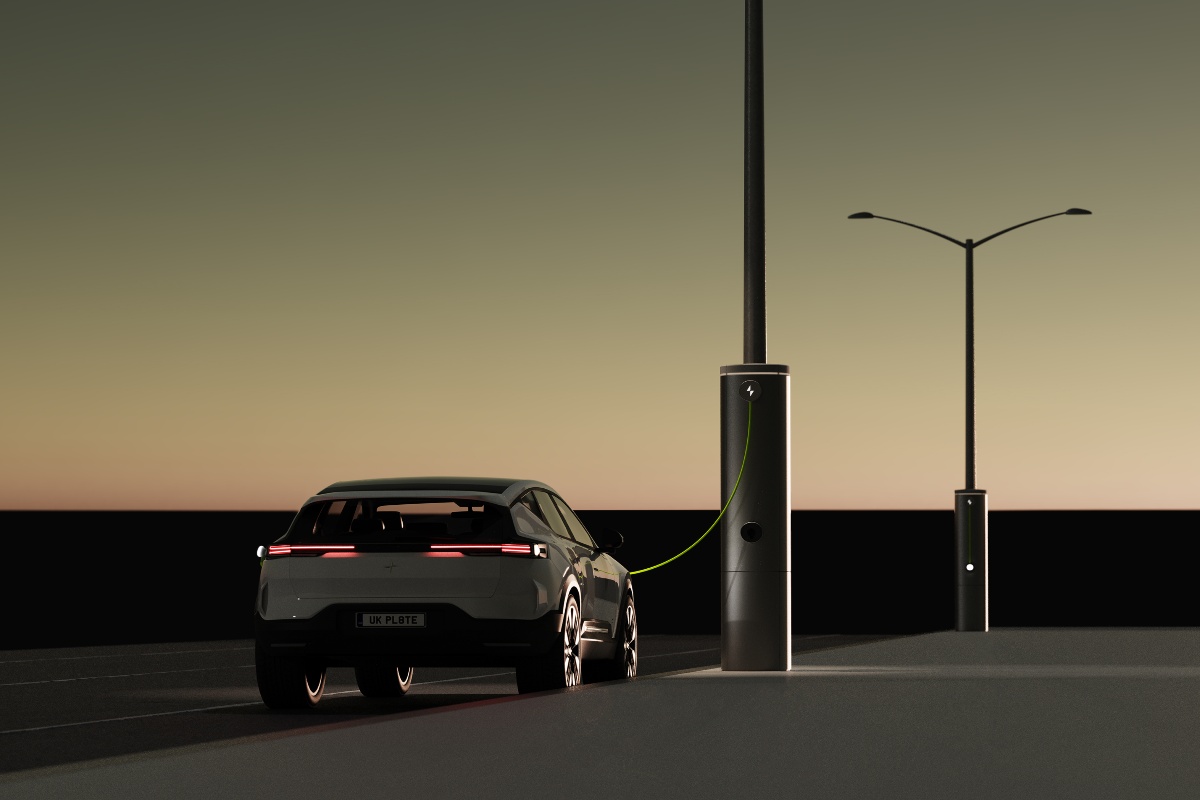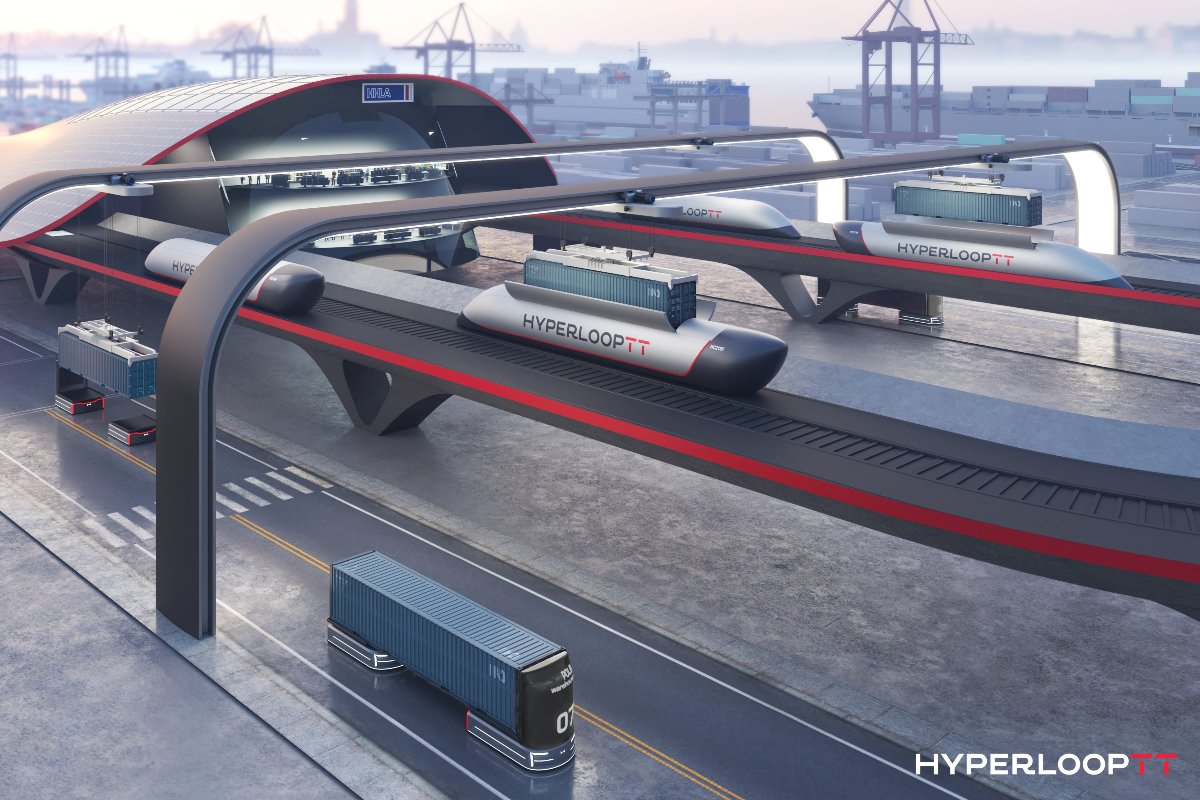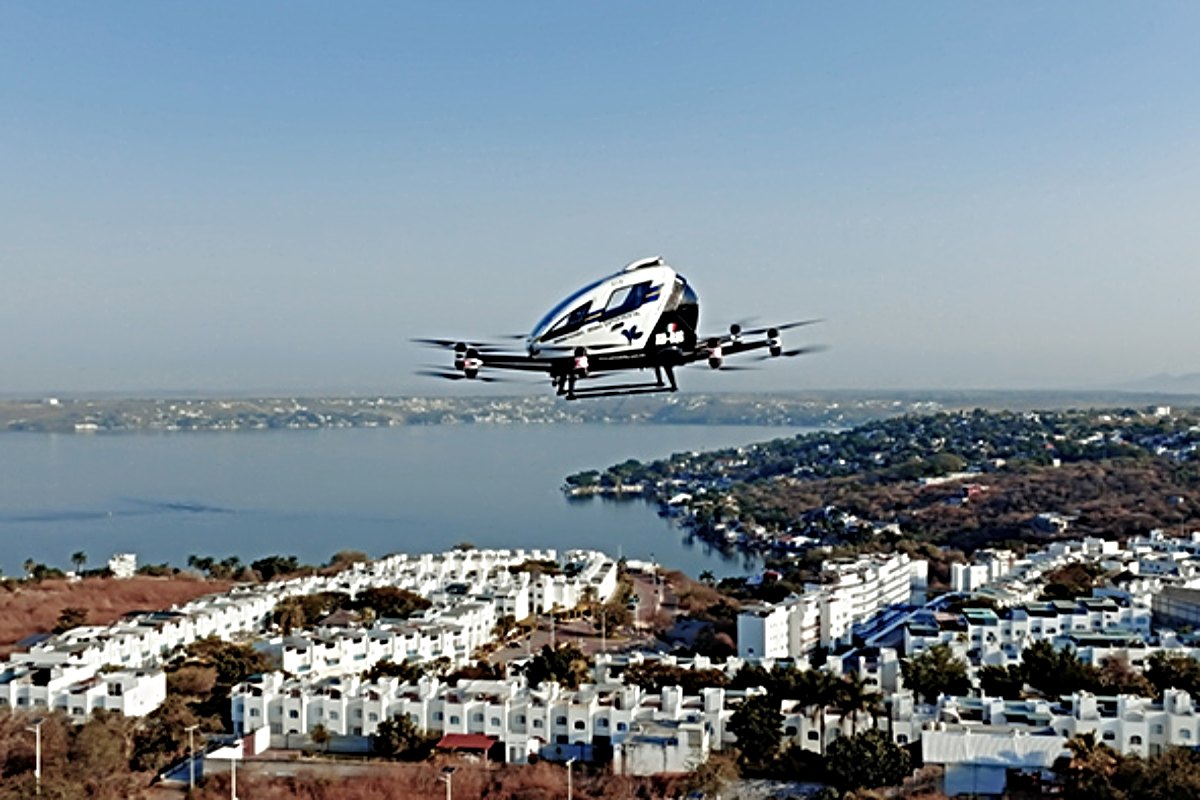Special Reports
SusHi Tech Tokyo 2024: experience ‘Tokyo 2050’ todaySponsored by The SusHi Tech Tokyo 2024 Showcase Program Executive Committee
Four ways machine learning is powering the mobility revolution
Artificial intelligence is making transport and logistics smarter and more efficient through self-driving vehicles, better route mapping and sharper prediction.
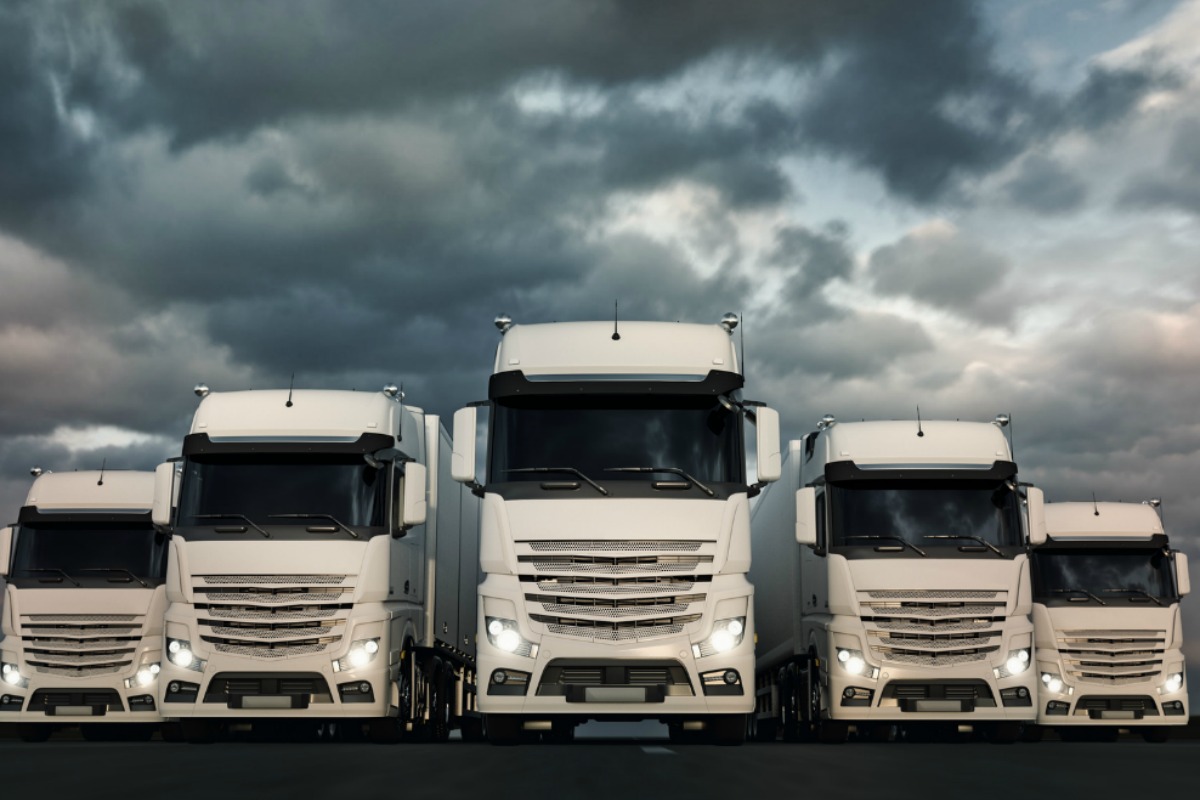

When Switzerland decided to slash congestion and pollution by removing tens of thousands of cargo trucks from its Alpine highways, it built the Gotthard Tunnel, the longest and deepest rail tunnel in the world. This feat of modern engineering is a boon to civilian and commercial entities alike, but such ingenious construction projects aren’t the only way we can improve the future of transportation and logistics.
Instead, in an increasingly competitive and connected world where just 29 percent of transportation and logistics (T&L) CEOs are confident their company’s revenues will grow in the next year, more and more T&L companies are turning to new, cloud-based machine learning services that can help them become more efficient and drive a better experience for their customers.
This convergence of the cloud and AI is enabling widespread innovation in autonomous technology, especially mobility. That’s game-changing, as 68 percent of heads of T&L companies believe that changes in core technologies of service provision will disrupt their industry in the next five years, according to PWC, while 65 percent anticipate progress in distribution channels will do the same.
Enabling a mobility revolution
In total, there are four main areas where machine learning is powering a mobility revolution for the transportations and logistics industry: predicting demand and route optimisation; autonomous driving and mapping; robotics; and anomaly detection.
For example, Convoy, which is disrupting the $800 billion trucking industry, optimises its routes by leveraging machine learning models. Trucking in the United States is a fragmented network of shippers and haulers working through human brokers. This results in an inefficient system resulting in 40 per cent of the 95 billion miles American truck drivers cover each year being driven without holding any cargo, so called “driving empty”. Convoy can analyse millions of shipping jobs to create the industry’s most efficient matches, increasing profits by reducing empty miles, and, crucially, cutting emissions.
Being competitive in the T&L industry has never been more complex, and profitability comes only with true technology-driven efficiency.
But the trucking industry is experiencing a national shortage of at least 100,000 drivers. One solution? Self-driving trucks. At TuSimple, the technology team deployed more than 100 cloud-based AI modules to safely and efficiently make autonomous commercial deliveries of more than 100 miles. Even at 65 miles per hour on a loaded truck, TuSimple’s advanced AI algorithm can distinguish between types of vehicles sharing the road, and determine their speed, and keep TuSimple’s trucks safely centred in their lanes with an accuracy of +/- 5 centimetres.
In Southeast Asia, the ride-hailing company Grab wanted to boost its real-time on-demand matching and supply algorithms. It turned to machine learning tools to give access to real-time data computation and data streams that support 1.5 million ride bookings, ultimately improving its matching and supply performance by 30 per cent.
Another example of AI and machine learning positively impacting the T&L industry is Lyft’s use of an AI-powered time series analytics solution. That technology automatically surfaces anomalies that signal larger business problems, and detects incidents requiring inspection. Lyft has seen huge cost savings by not having to invest in large in-house data science or manually inspect dashboards.
Getting it right
Accuracy of predictions, of course, is a major factor for T&L companies, and at UAE-based Aramex – which provides international and domestic express delivery, freight forwarding and online shopping services – its live transit operations handles thousands of requests every minute. By deploying a fully-managed, cloud-based service that enables its developers and data scientists to train, build and deploy AI and ML models, Aramax saw a 74 percent increase in accuracy of transit time predictions, driving down delivery-related service calls by 40 percent.
Cloud-based machine learning and AI tools are also at the very heart of Amazon.com, successfully and efficiently delivering billions of packages a year – from the moment customers place an order to fulfillment and then to delivery. We use forecasting algorithms to predict what customers might order to ensure we have enough supply in our warehouses. Our AI and machine learning services on AWS also power our fulfillment centre robots, the methods for working with our delivery partners, and even to optimise our delivery routes.
The lessons of the last few years are clear: Being competitive in the T&L industry has never been more complex, and profitability comes only with true technology-driven efficiency. Fortunately, new innovations in AI and ML are providing these businesses a huge advantage by giving them the advanced tools they need to solve their biggest problems and thrive.






